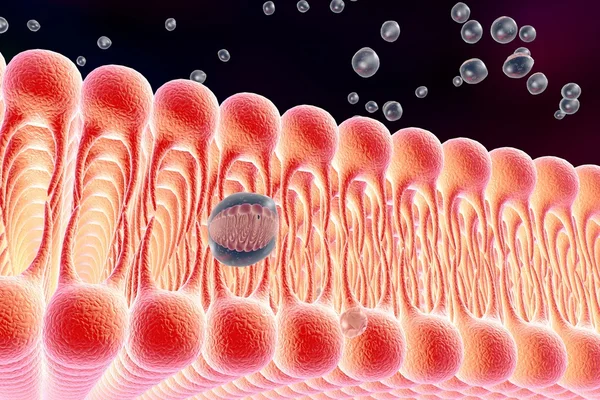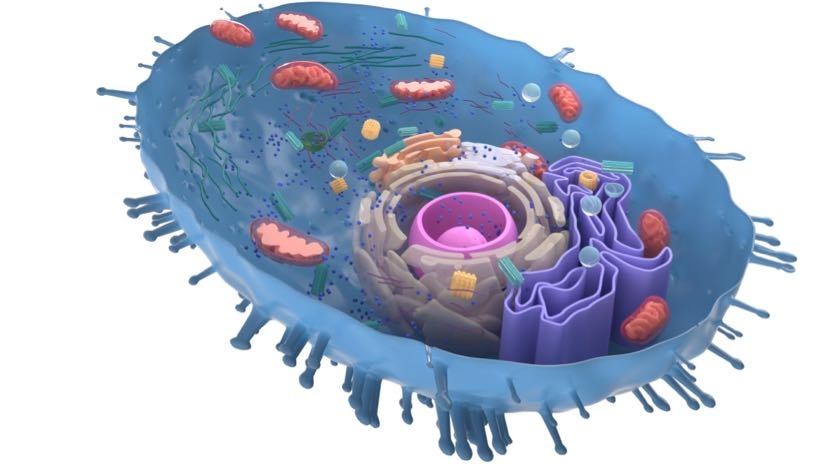Clean up cycle operates in phases, starting with the identification of cellular debris. Special molecules patrol each cell, searching for signs of wear and tear. Once detected, these molecules trigger a cascade of events that mobilize clean up teams. The teams surround the marked components and break them down into basic building blocks. These building blocks then return to the cell’s resource pool for creating new cellular components.
Optimizing your body’s clean up system
Regular movement
Physical activity stimulates cellular clean up mechanisms. A daily walk or light exercise session gives cells the signal to step up their maintenance routines. This increased maintenance leads to more efficient removal of cellular waste products.
Sleep patterns
Quality sleep provides prime time for cellular housekeeping. During deep sleep phases, the brain’s clean up crews work at maximum capacity. Getting adequate rest supports these nocturnal cleaning operations. Medical Weight Loss Clinic District of Columbia specialists point out that cellular clean up processes play a vital role in maintaining optimal body function. Their research shows that proper cellular maintenance contributes to sustainable weight management and overall wellbeing.
Water intake patterns
Regular water consumption supports the transport of cellular waste products. Proper hydration helps clean up crews move efficiently through tissues and carry away processed cellular debris. This maintains the steady flow of the body’s waste removal system.

Practical steps for enhanced cellular maintenance
Morning routines
Starting the day with light movement signals cells to activate their clean up systems. Simple stretches or gentle exercises prepare the body for daily maintenance tasks. This sets a foundation for effective cellular housekeeping.
Midday practices
Taking short breaks during the day allows cellular clean up crews to catch up on their work. Brief walking sessions or quiet moments support ongoing maintenance operations. These pauses maintain steady clean up progress throughout the day.
Evening activities
Winding down with calming activities prepares cells for night time cleaning operations. Gentle movement and relaxation support the transition to sleep-time maintenance. This preparation optimizes overnight cellular housekeeping.
Supporting your cellular systems
Regular practices
Consistent daily routines support cellular clean up operations. Simple habits maintained over time create optimal conditions for maintenance crews. This steady approach yields lasting results.
Progressive adaptation
Starting with small changes allows cellular systems to adjust gradually. Adding new practices step by step prevents overwhelming clean up crews. This measured approach builds sustainable cellular maintenance patterns.
Long-term outlook
Maintaining cellular clean up practices over time produces cumulative results. Regular support for maintenance operations leads to sustained improvements. This persistence creates lasting cellular housekeeping patterns.
The cellular clean up cycle runs continuously, maintaining body systems through consistent internal maintenance. Supporting these natural processes through daily practices creates optimal conditions for cellular housekeeping operations. Regular movement, proper rest, and steady routines maintain efficient cellular clean up systems. This internal maintenance system responds well to consistent support through simple daily practices.


